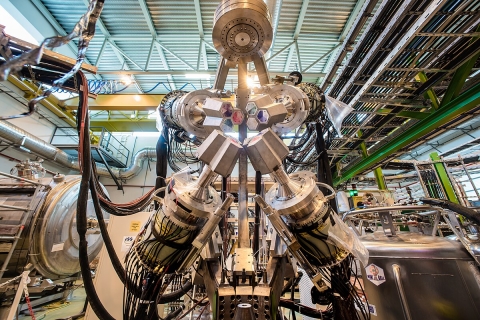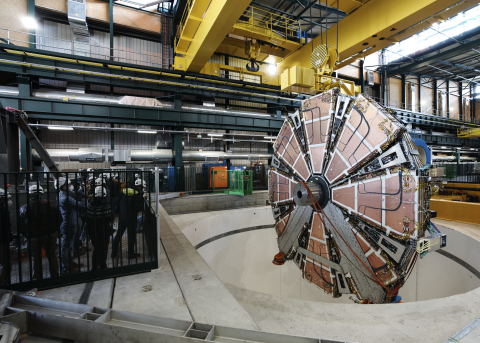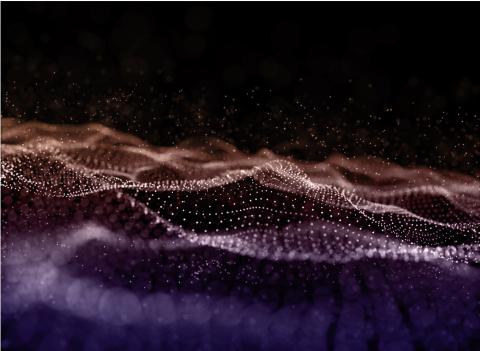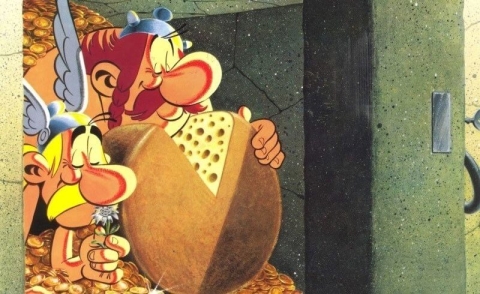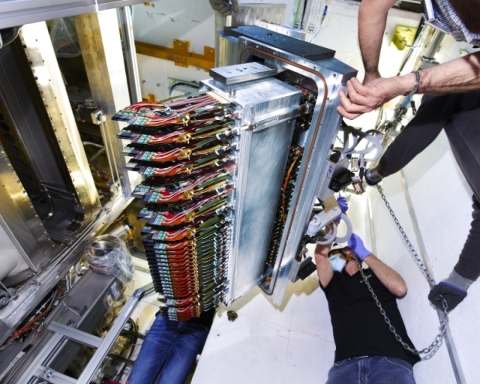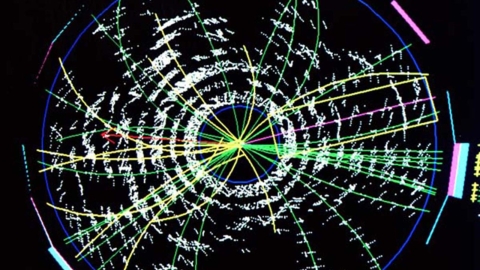December 2023 - February 2024
Investigating exotic structures of exotic nuclei with Miniball
Atomic nuclei come in all manner of shapes and sizes, sometimes at the same time! The reason behind this diversity lies in poorly understood nuclear forces. Many features of these forces only came to light when studying very unstable nuclei, which…
Read moreSHADOWS of New Physics in the CERN North Area
In recent years, the physics of feebly-interacting particles (FIPs) has received considerable and growing attention from the broad HEP community, motivated by both existing data, and by the appeal of simple extensions of the Standard Model to…
Read moreCLOUD experiments show that trees can make their own clouds.
Atmospheric aerosols are tiny solid or liquid droplets suspended in the air. They are all around us, emitted from a variety of natural and anthropogenic sources. Although aerosol particles are too small to be seen with the human eye, they have a…
Read moreA word from the EP Deputy Department Head - December 2023
As we look back on 2023, we can reflect on a year with many challenges, but also many achievements, that you can read about in this December edition of the EP newsletter. The flagship CERN accelerator, the LHC, had a year of two halves, with an…
Read moreThe ATLAS New Small Wheel - Triggering on muons and rejecting fakes
The New Small Wheel (NSW) [1] has been the largest Phase-1 upgrade project of ATLAS. The two innermost stations of the Endcap Muon spectrometer have been replaced with two newly built detector systems based on small-strip Thin Gap Chambers (sTGC)…
Read morePushing the boundaries of monolithic CMOS sensor technologies
Silicon solid state detectors have been developed over a long time to address the challenges of particle tracking and vertexing. At the LHC, when the machine reaches its full design regime, it collides proton bunches at a rate of 40 million times…
Read moreFirst analysis of Run 3 data with a new slim data format
The ATLAS Collaboration has just released a new measurement of the production cross-section of two Z bosons. This result examines data collected during Run 3 of the LHC – with protons colliding at a record energy of 13.6 TeV – and pioneers the use…
Read moreAsterix in Switzerland
This episode of the adventures of the winged-helmed Gaul was published in 1970 and foretold what would happen 28 years later, when the CERN microelectronics group (MIC at the time, now the ME section in EP-ESE) welcomed the arrival of its first X-…
Read moreLHCb's new VELO preparing to spring into action
The replacement of the previous VErtex LOcator (VELO) detector with a new high-speed hybrid pixel detector was one of the key milestones for the LHCb collaboration in 2022 (see also previous EP newsletter article). The upgrade was part of an R…
Read moreATLAS and CMS unite to weigh in on the top quark
The ATLAS and CMS Experiments at CERN have just released a new measurement of the mass of the top quark. The new result combines 15 previous measurements to give the most precise determination of the top-quark mass to date. Among the known…
Read more
